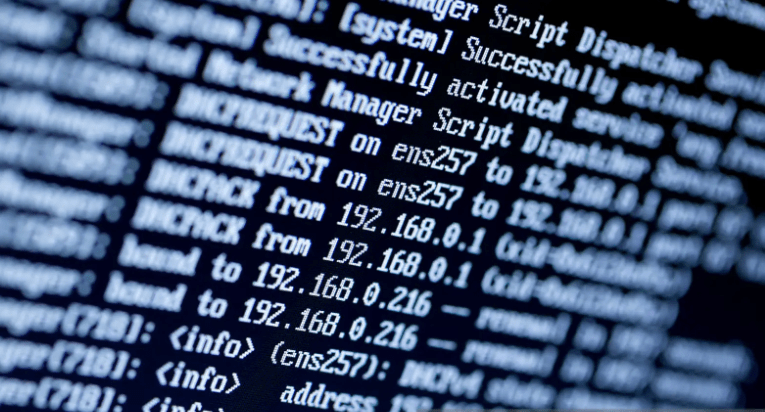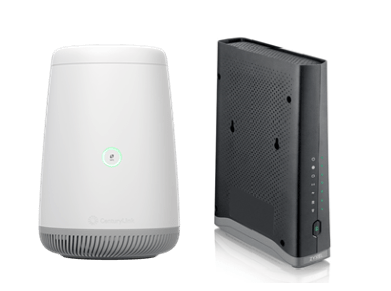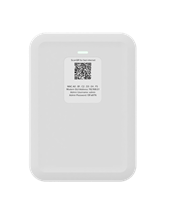Static IP Support
Frequently asked questions about Static IP and IPv6
Learn more about static IP addresses and IPv6. Read these frequently asked questions.
Please note we are no longer leasing new static IP addresses.
Devices on the internet use IP addresses to locate and talk to each other, much the same way we use phone numbers or e-mail addresses to talk to or send electronic messages to specific people.
There are two kinds of IP addresses: static and dynamic. Static means the address doesn't change, and dynamic means it does change.
Mac
1. Go to System Preferences
2. Select Network.
3. Click on the Advanced button and select TCP/IP. You'll then be able to view the IP address for both your computer and the router.
PC
1. Enter cmd into the command prompt in Windows.
2. Click the Command Prompt, type ipconfig and click Enter.
Unfortunately, we cannot move your static IP if you move your CenturyLink service to a new address.
IPv6 is the latest version of the Internet Protocol (IP) that is the basis of how the internet is built and how it runs.
The internet was originally designed using IPv4, but after several years of enormous growth, it started to look like the world would run out of IP addresses. In 1998, IP version 6 (IPv6) was standardized. Simply put, version 6 gives the internet more IP addresses and additional features.
All IPv4 addresses typically have a "derived IPv6 address" associated with them.
When you lease a static IPv4 address, those addresses have 'derived IPv6' addresses associated to them, so there is no need to order anything else. But, you will need to enable IPv6 on your modem.
Yes, the two types have different strucures.
IPv4 addresses contain only numbers in groups of two or three, separated by periods, like this: 62.157.9.98
IPv6 addresses use 4-digit groups of letters or numbers, separated by colons, like this: 2002:3e9d:9062:0001:1
To troubleshoot IPv6:
- Make sure your modem is IPv6 capable. If IPv6 is not listed in the features section, chat with customer service to review your options.
- Enable IPv6 on your modem
- Test your IPv6 connection
CenturyLink's IPv6 address space is: 2602:0/24

Static IP and IPv6 topics
Was this information helpful?
Popular Support Tools
Support topics



.png)






